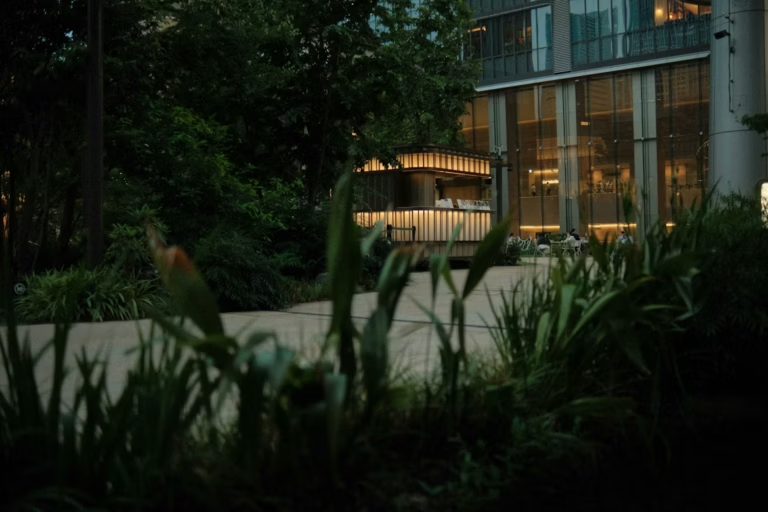Commercial properties—whether retail stores, office buildings, warehouses, or mixed-use sites—require tailored security solutions to protect people, assets, and operations. A one-size-fits-all approach often results in wasted investment, poor coverage, and ongoing vulnerabilities.
Effective commercial security starts with understanding the site itself. By evaluating your premises before choosing technology, you can ensure your CCTV and access control systems are fit for purpose, scalable, and compliant with relevant standards.
At Smartsec Security Solutions, we provide independent commercial security advice to businesses across WA, helping them assess risk, identify priorities, and implement practical, cost-effective solutions.
Why Commercial Security Needs a Tailored Approach
Every commercial site is different. A multi-tenant office tower has different risks and access needs compared to a retail store, warehouse, or health clinic. Security must be based on:
- Physical layout and access points
- Operating hours and staffing levels
- High-risk zones (e.g. cash handling, storage areas, loading docks)
- Foot traffic patterns and public access areas
- Existing infrastructure and compliance obligations
By evaluating these factors before prescribing systems, you avoid costly mistakes—like cameras installed in low-risk areas or access control systems that don’t integrate with daily operations.
Step 1: Conducting a Site Security Evaluation
The first step in improving commercial security is to assess your site’s current risk exposure and physical layout. This typically involves:
Reviewing Site Entry and Exit Points
- Are there multiple uncontrolled access points?
- How are deliveries, visitors, and contractors managed?
- Is there a reception area or manned entry point?
Understanding how people and vehicles move in and out of your premises helps define where access control is needed and what type of system suits your flow of traffic.
Mapping Internal Zones and High-Value Areas
- Are there areas requiring restricted access (e.g. server rooms, finance offices, storage rooms)?
- Are there shared spaces such as kitchens or meeting rooms that still require surveillance?
- How is movement between levels or zones currently managed?
By zoning your site based on risk, you can apply the right level of control to each area.
Assessing Visibility and Surveillance Coverage
- Are there blind spots in high-traffic or vulnerable areas?
- How well lit are external perimeters at night?
- Is there natural surveillance (passive observation from staff or tenants)?
This informs your CCTV strategy—ensuring cameras are placed where they’ll provide value, not just where it’s convenient to install them.
Reviewing Current Systems and Procedures
- Are there existing cameras or access control systems in place?
- Are they functional, scalable, and up to standard?
- How is footage stored, and who can access it?
- Are staff trained on how to respond to incidents or technical failures?
Knowing what you already have helps identify upgrade needs, gaps, and opportunities to integrate rather than replace.
Step 2: Prescribing the Right CCTV System
Once your site evaluation is complete, you can begin designing a CCTV system that meets your security objectives. Key considerations include:
Camera Placement and Type
- Use wide-angle lenses for open spaces like foyers or car parks
- Deploy fixed or PTZ cameras at entrances and loading zones
- Use infrared or thermal cameras for night surveillance or low-light areas
- Position cameras to cover all access points and high-value assets
Image Quality and Storage
- Choose HD or 4K resolution where identification is required
- Ensure footage is stored securely and retained in line with compliance needs
- Consider cloud-based or NVR (network video recorder) options for scalability
Smart Analytics Integration
- Motion detection, line crossing alerts, or people counting can enhance your response capability
- AI-assisted features can reduce false alarms and improve monitoring efficiency
- Integration with access control systems enables real-time threat detection
A correctly specified CCTV system not only deters criminal behaviour but also supports incident investigation and safety management.
Step 3: Choosing an Access Control System
Access control ensures that only authorised personnel can enter specific areas within your premises. The right system supports daily operations while protecting sensitive or restricted spaces.
Entry Point Management
- Use electronic keypads, swipe cards, or biometric readers at key doors
- Install intercoms and visitor management systems at main entrances
- Log all entry attempts for audit and incident response
Zoned Access Levels
- Assign access permissions based on job role or time of day
- Restrict high-value or sensitive areas to key staff
- Automate door locking schedules based on operating hours
Scalability and Integration
- Ensure your system can grow with your business
- Integrate with alarms, CCTV, and staff management systems
- Choose platforms that allow remote access and cloud-based control
Good access control is seamless, secure, and simple to manage. It keeps people safe and operations running smoothly.
Why Independent Commercial Security Consulting Makes a Difference
At Smartsec Security Solutions, we’re not aligned with any product vendors or installers. This means our advice is always based on your needs—not commission-driven sales.
Our commercial security consulting services help you:
- Identify real risks before making expensive security purchases
- Ensure CCTV and access control systems are designed for your environment
- Meet compliance requirements under WHS, privacy laws, and Australian Standards
- Improve daily operations and emergency readiness
- Avoid unnecessary hardware or subscription costs
Whether you’re upgrading a single office or planning a security strategy across multiple locations, we bring structure, experience, and clarity to the process.
Strengthen Your Commercial Security with Smart Advice
Commercial security isn’t about adding more cameras or tighter locks—it’s about understanding your environment, managing access intelligently, and implementing systems that support the way your business works.
To book a site evaluation or learn more about our commercial security consulting services in WA, visit our Security Consulting Services page.



